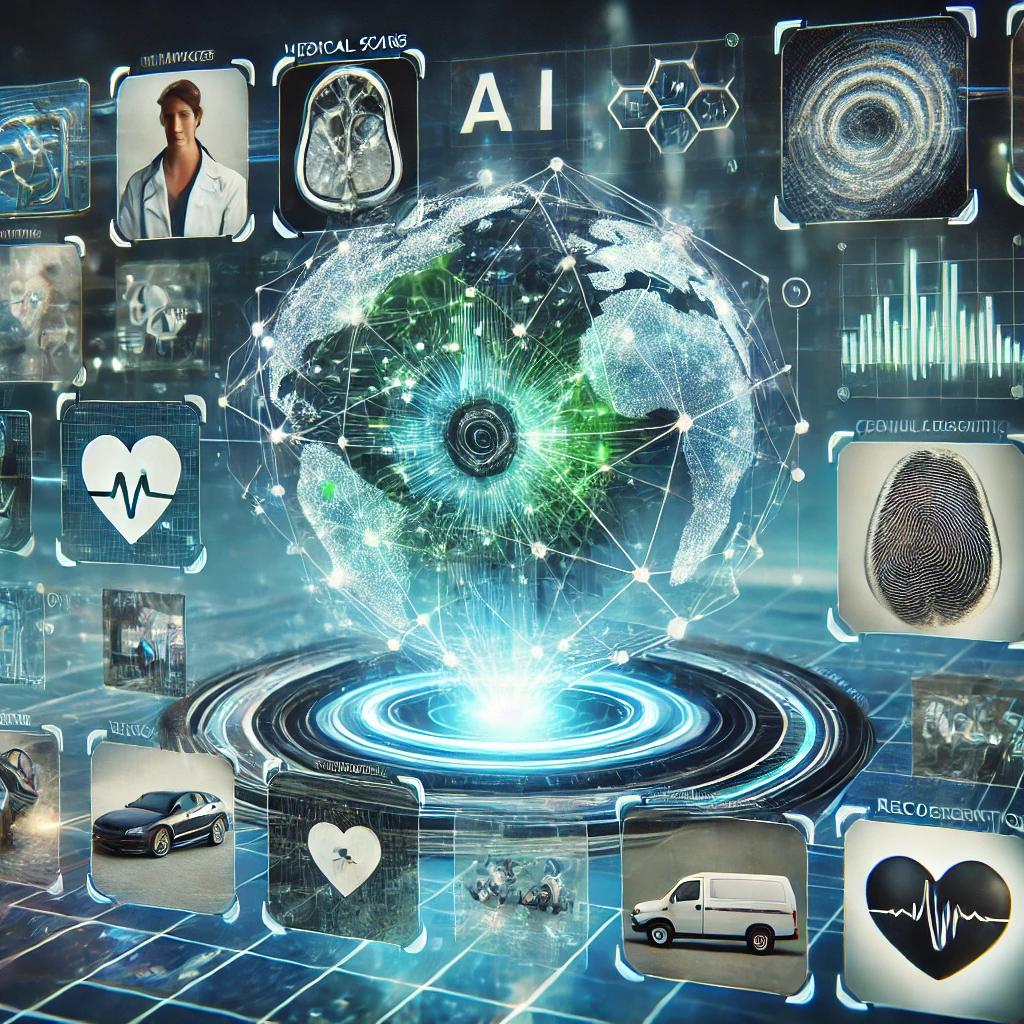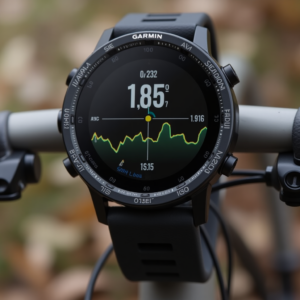
The Early Days of Computer Vision
Computer vision, a field that enables machines to “see” and interpret the world, has come a long way. Initially, this technology was rooted in simple algorithms used to process images. These early models were often constrained by limited computing power and lacked the ability to generalize beyond specific tasks. However, over the years, significant advancements have pushed computer vision to new heights, especially with the advent of AI and deep learning.
Milestones in the Evolution of Computer Vision
- 1960s: The Birth of Image Processing
The 1960s marked the formalization of computer vision as a research field. Early work was focused on basic image processing, such as edge detection, which involved finding the boundaries of objects in an image. This era was characterized by heavy reliance on mathematical models and rudimentary algorithms. -
1980s: Machine Learning Meets Vision
By the 1980s, researchers began experimenting with machine learning techniques to improve image classification. However, these models were still limited by computing power and dataset availability. Feature extraction techniques, such as the SIFT (Scale-Invariant Feature Transform) algorithm, began gaining traction, allowing computers to recognize objects more accurately. -
2000s: The Rise of Neural Networks
With the rise of computational power in the 2000s, neural networks emerged as a more powerful tool in computer vision. Convolutional Neural Networks (CNNs) were introduced, which revolutionized the way computers analyzed visual data. These models could now process images in a more human-like manner, significantly improving performance in tasks like object detection and image classification. -
2010s: The Deep Learning Revolution
The deep learning boom of the 2010s was a turning point in the evolution of computer vision. With massive datasets and sophisticated algorithms, AI-powered vision systems started outperforming traditional models. This era saw breakthroughs in facial recognition, autonomous driving, and medical imaging, all powered by deep learning architectures like ResNet and VGG. -
2020s: AI, Big Data, and Real-Time Vision
Today, computer vision is more advanced than ever, thanks to the integration of big data, AI, and cloud computing. Real-time object detection, gesture recognition, and augmented reality applications are just a few examples of modern computer vision innovations. Industries such as healthcare, automotive, and retail are now heavily reliant on these advancements.
The Role of AI in Modern Computer Vision
AI and machine learning play a central role in the current era of computer vision. From self-driving cars that navigate through traffic to medical devices that analyze scans for abnormalities, AI is at the heart of today’s most cutting-edge applications. Unlike traditional algorithms, AI models are capable of learning and improving over time, making them highly adaptable to various tasks.
Challenges and Future of Computer Vision
Despite its rapid growth, computer vision still faces challenges. Issues like data privacy, bias in facial recognition, and the ethical implications of surveillance technologies are hot topics in the field. Moving forward, the development of explainable AI (XAI) and efforts to mitigate bias will be critical in shaping the future of computer vision.
Moreover, future advancements could include more widespread adoption of 3D vision systems and improved real-time processing, enabling even more sophisticated applications. With the rise of quantum computing, there is also potential for exponential increases in computing power, pushing computer vision capabilities beyond current limits.
A Dynamic and Evolving Field
The evolution of computer vision showcases how far technology has come, evolving from simple algorithms to sophisticated AI systems capable of complex tasks. As industries continue to adopt and integrate this technology, the future of computer vision promises even greater innovations and challenges.
Visit our other website: machinepwr.com


